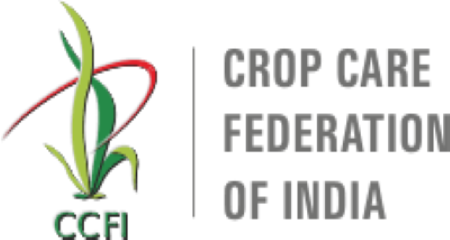CCFI reiterates the fact that Ethylene Oxide is neither registered nor allowed to be used as a pesticide in Indi

Crop Care Federation of India (CCFI) has expressed its concerns regarding the media reports alleging presence of “pesticide residues” in certain brands of spices exported from India to Singapore and Hong Kong. The “alleged pesticide” in this case is “Ethylene oxide”.
CCFI asserts that the chemical “Ethylene oxide” is not registered as a pesticide in India under the provisions of the Insecticide Act 1968, and Rules thereof. Ethylene oxide, a gas, is used as an industrial chemical.
According to the World Health Organization (WHO) “Ethylene oxide is a colourless, highly reactive, and flammable gas widely used as an intermediate in the production of various chemicals .... it is also used for fumigation and sterilization of medical equipment and food stuffs”.
According to the American Chemistry Council (ACC) “Ethylene oxide (EO) is a versatile building block compound that’s used to help make countless everyday products. EO plays an important role in the development of batteries for electric vehicles, in natural gas purification, as well as in the creation of derivatives that aid drilling at oil and gas wells.
“Another important use of EO is for the sterilization of medical equipment, including personal protective equipment used by healthcare professionals and hospitals. It is estimated that EO sterilizes 20 billion medical devices each year, helping to prevent disease and infection.”
It is clear that Ethylene oxide is primarily produced and used for industrial purposes. Ethylene oxide also occurs naturally in the body due to its conversion from ethylene. Ethylene oxide is not a banned product in Singapore, since it is allowed to be used in the sterilization of spices. The Maximum Residue Limit (MRL) for Ethylene oxide under Singapore’s Food Regulation is 50 ppm.
Data from the Centre for Food Safety, Hong Kong shows that between January and April 2024 they have found residues of Ethylene oxide above the permissible levels in 4 samples of spices – one from USA, one from Indonesia, one from India and another from Hong Kong itself.
Interestingly, what is seen in the media is only the one exported from India. Is there more to it than what meets the eyes?
We reiterate the fact that Ethylene oxide is neither registered nor allowed to be used as a pesticide in India. It is an industrial chemical of economic importance.
When it comes to cancer-causing potential of Ethylene oxide, it is as hazardous as Alcohol according to the WHO’s International Agency for Research on Cancer (IARC). If Ethylene oxide is to be banned on this count, then all types of alcohols must be banned, too.
For centuries, India has been the “land of spices”. India is the world’s largest producer, consumer and exporter of various spices. For CY 2023, India exported spices worth US$ 3.7 bn. Mountain should not be made from a mole hill. Parts per million (ppm) level of the chemical Ethylene oxide cannot be used as a ploy to bring down our trade.
It is our duty to safeguard the Indian spice industry from incorrect, biased, and motivated negative campaigns aimed at tarnishing its image. We urge the Indian government authorities to publish a factual report in this regard to create right awareness.
Subscribe to our newsletter & stay updated.